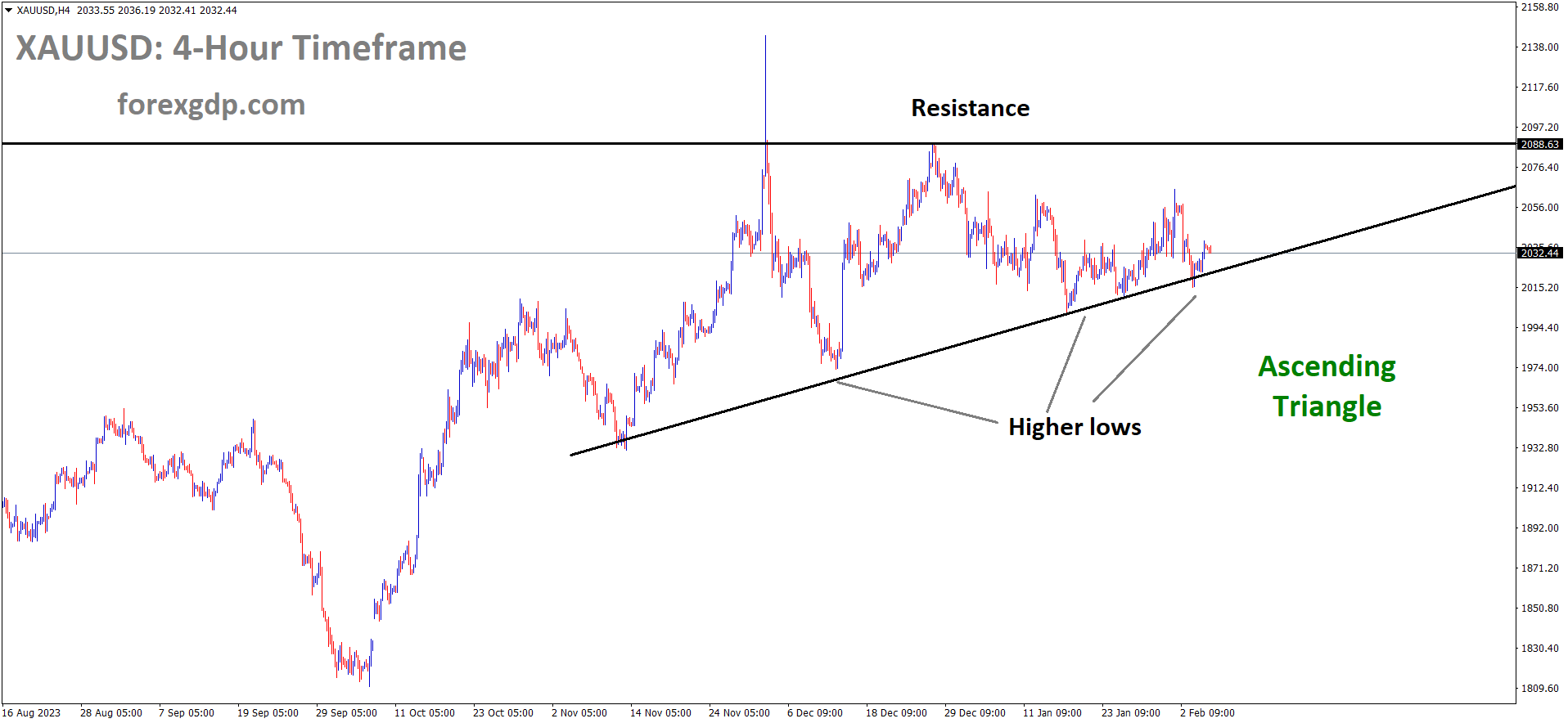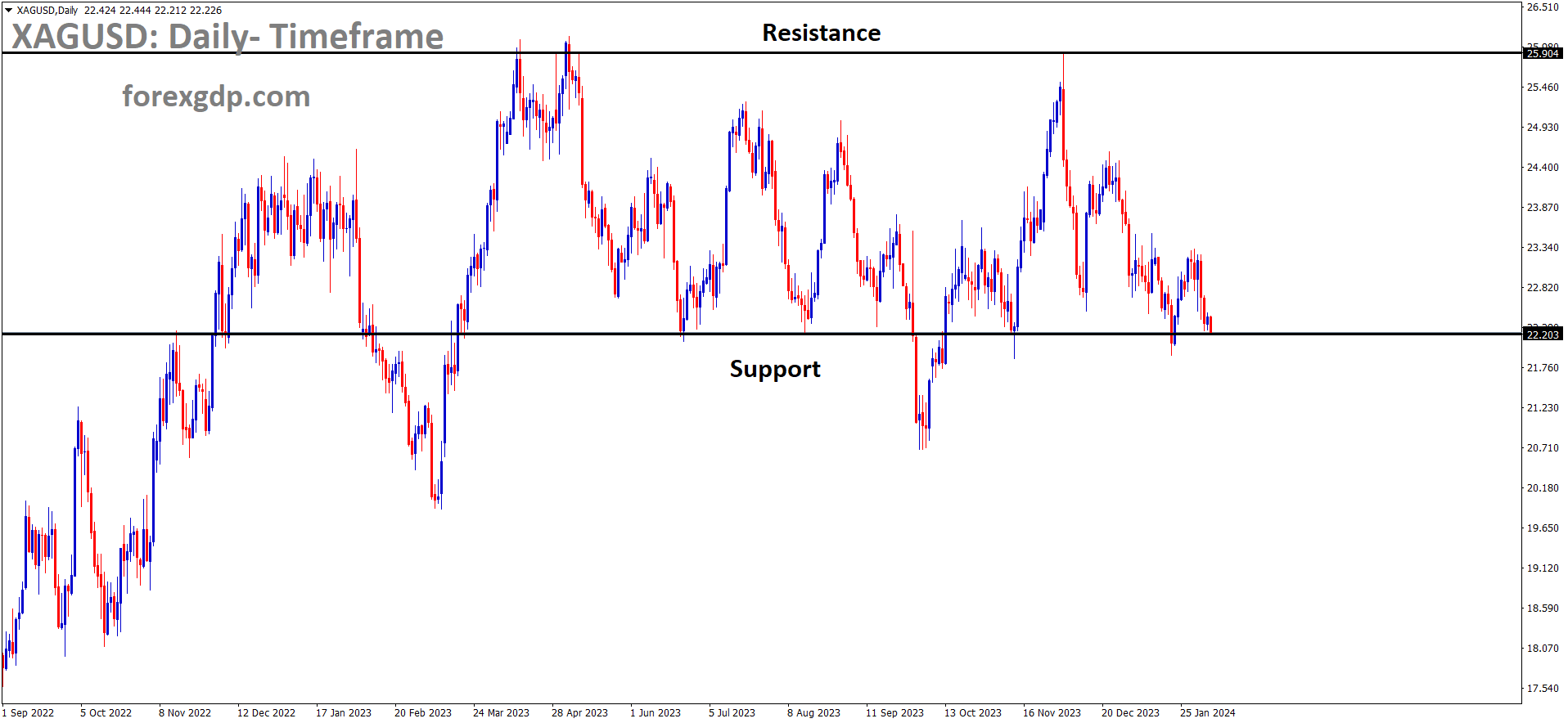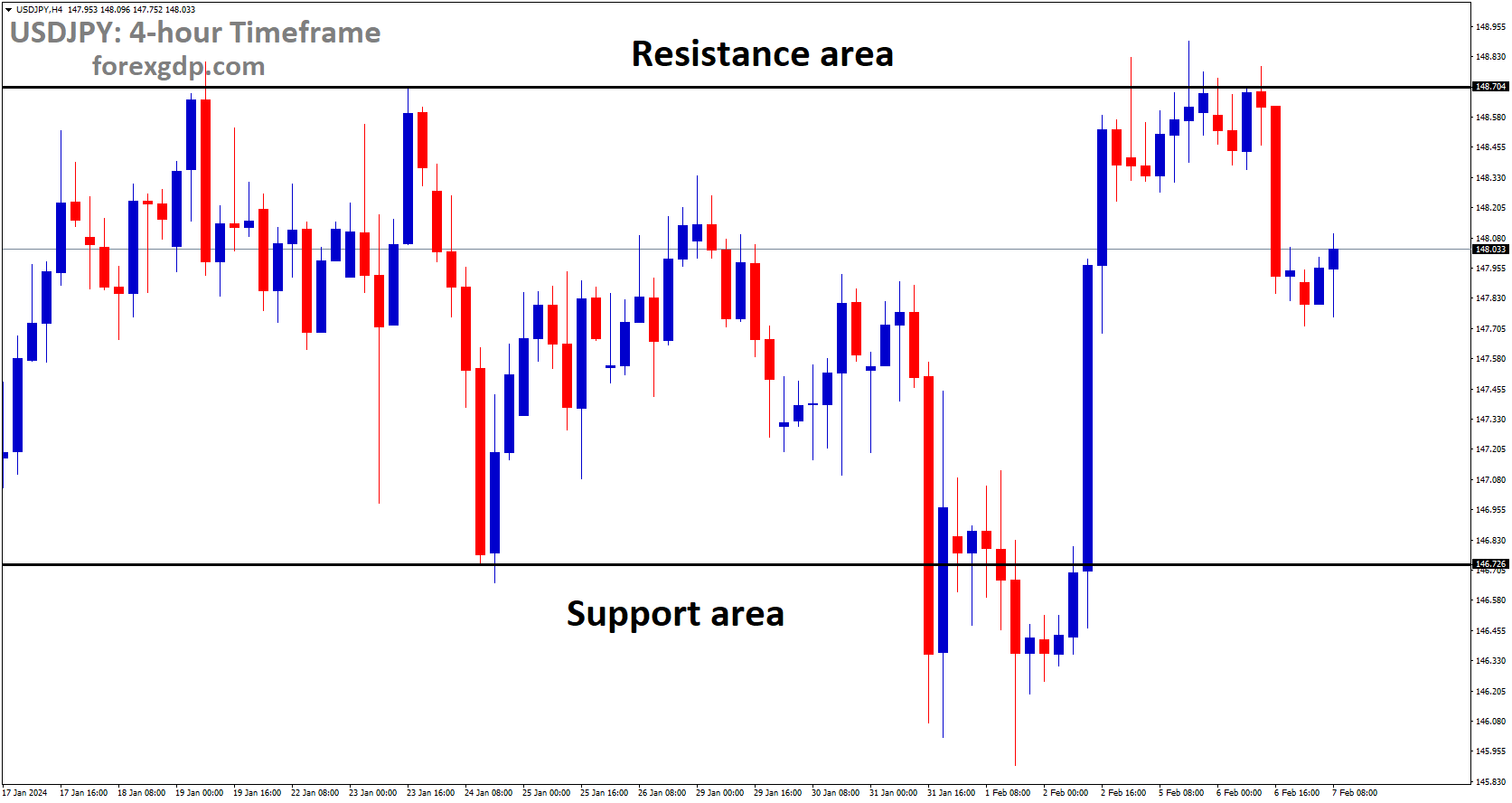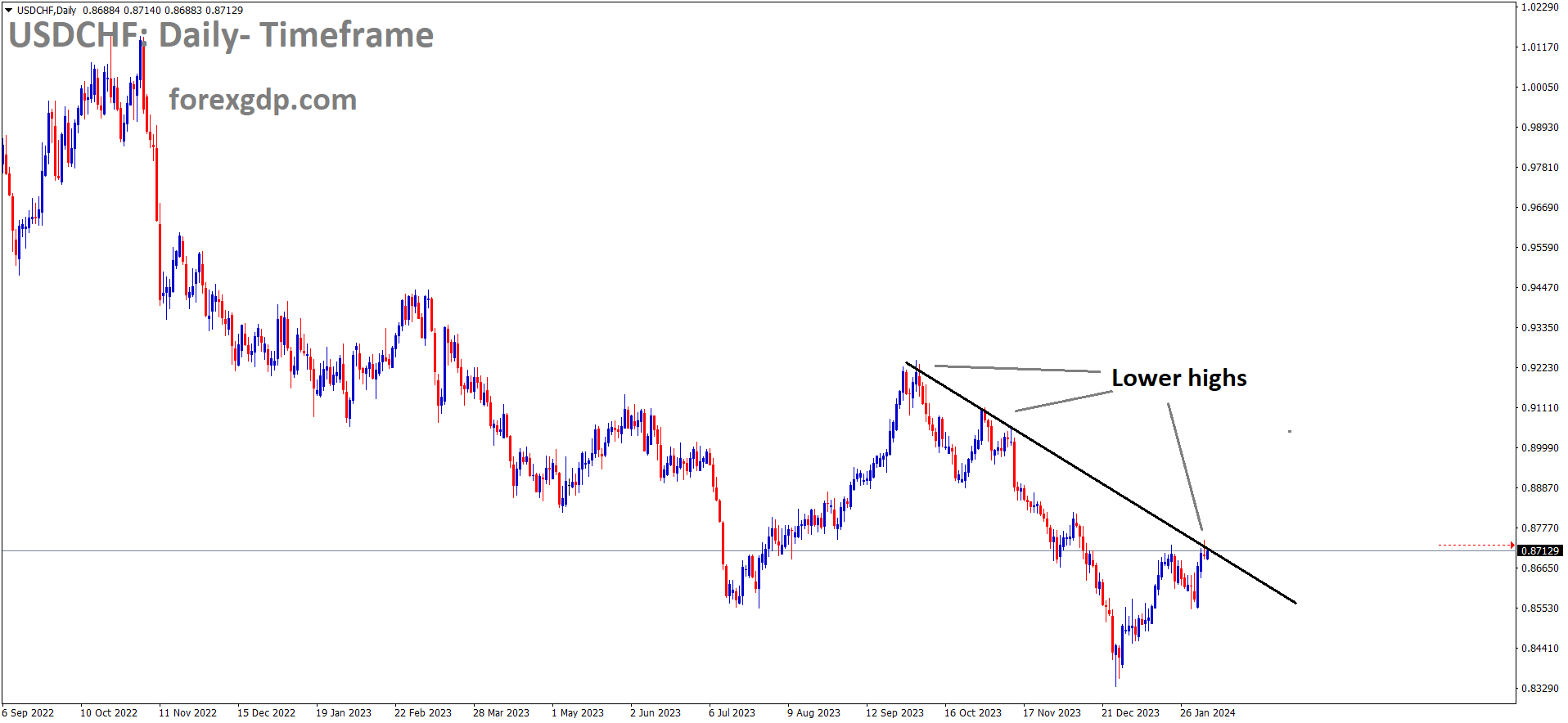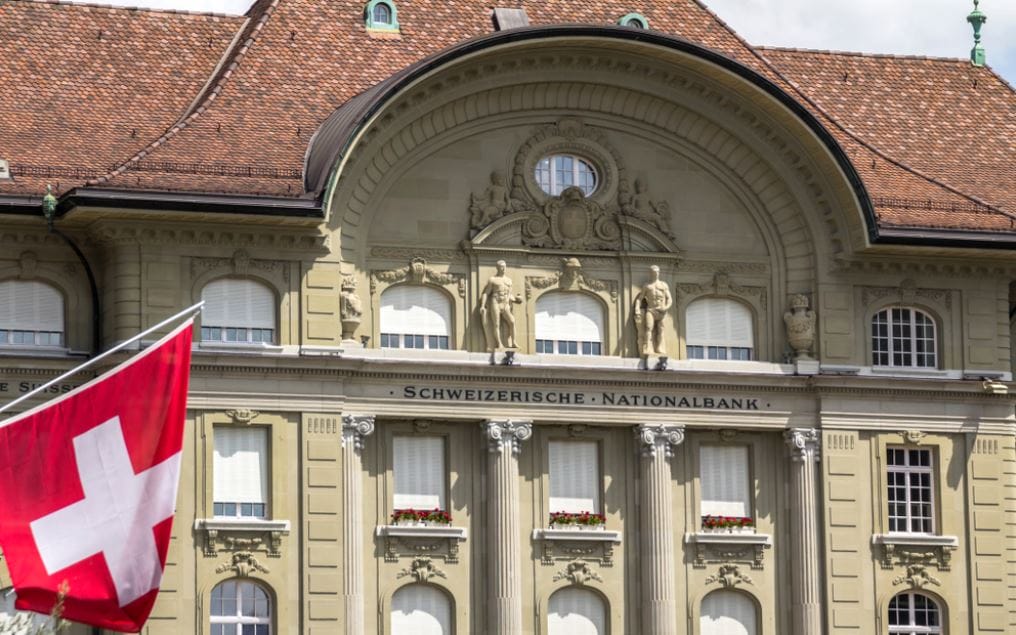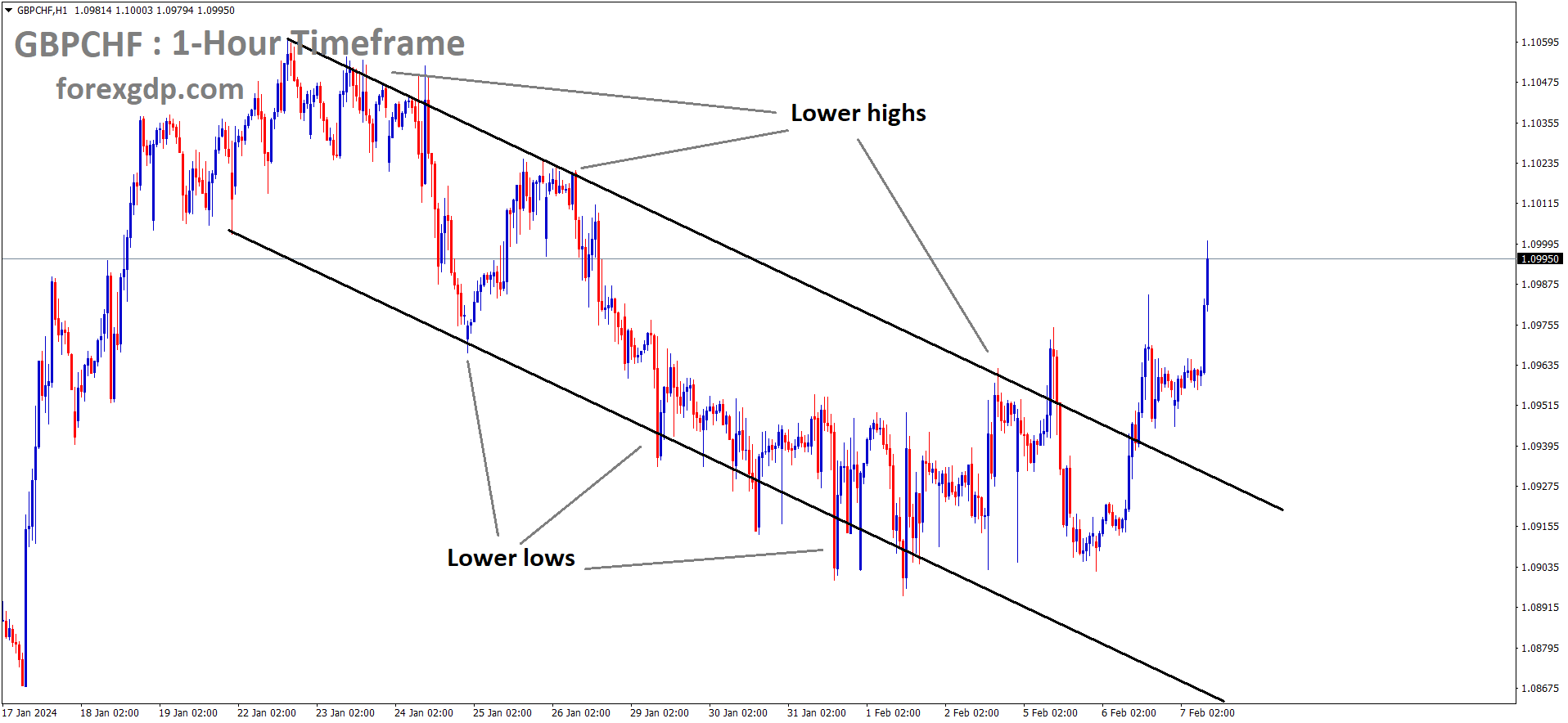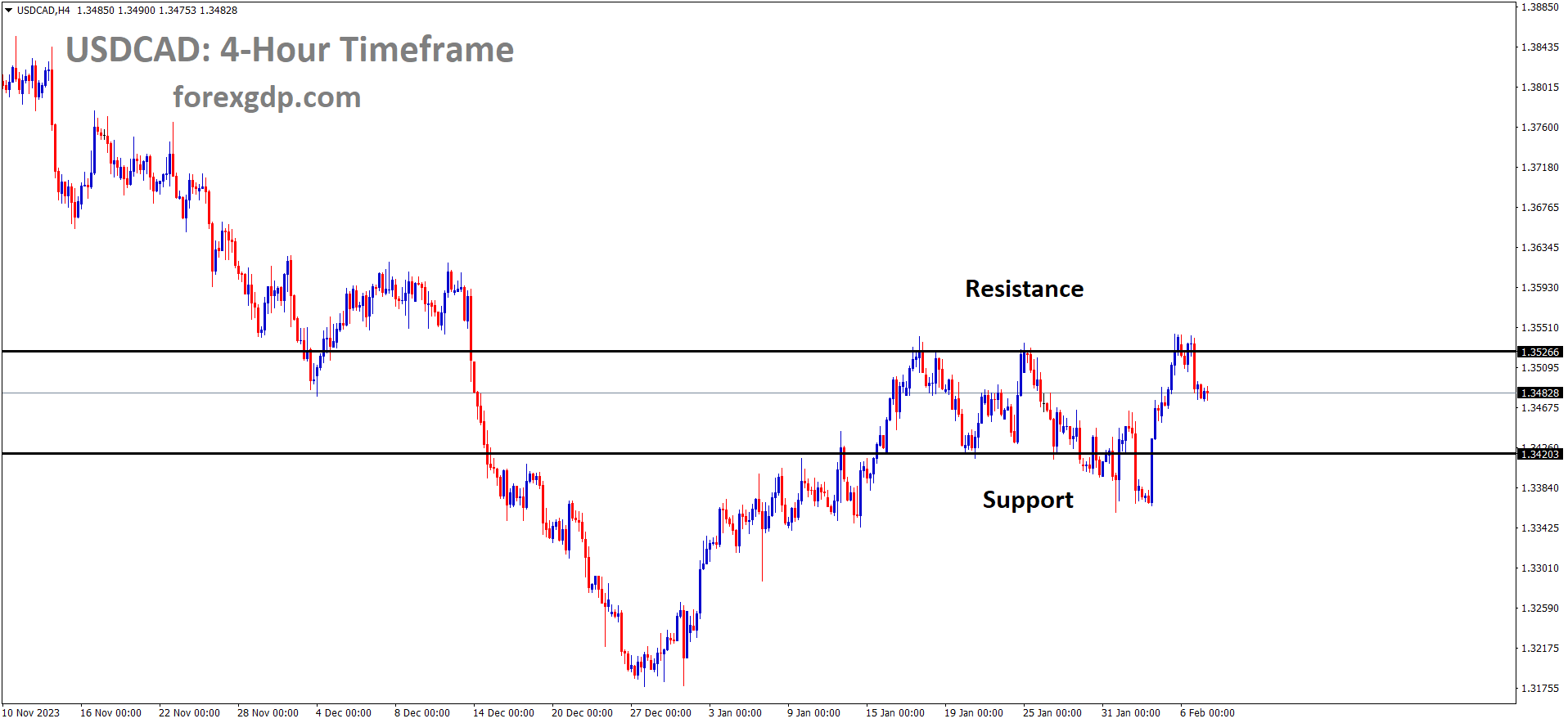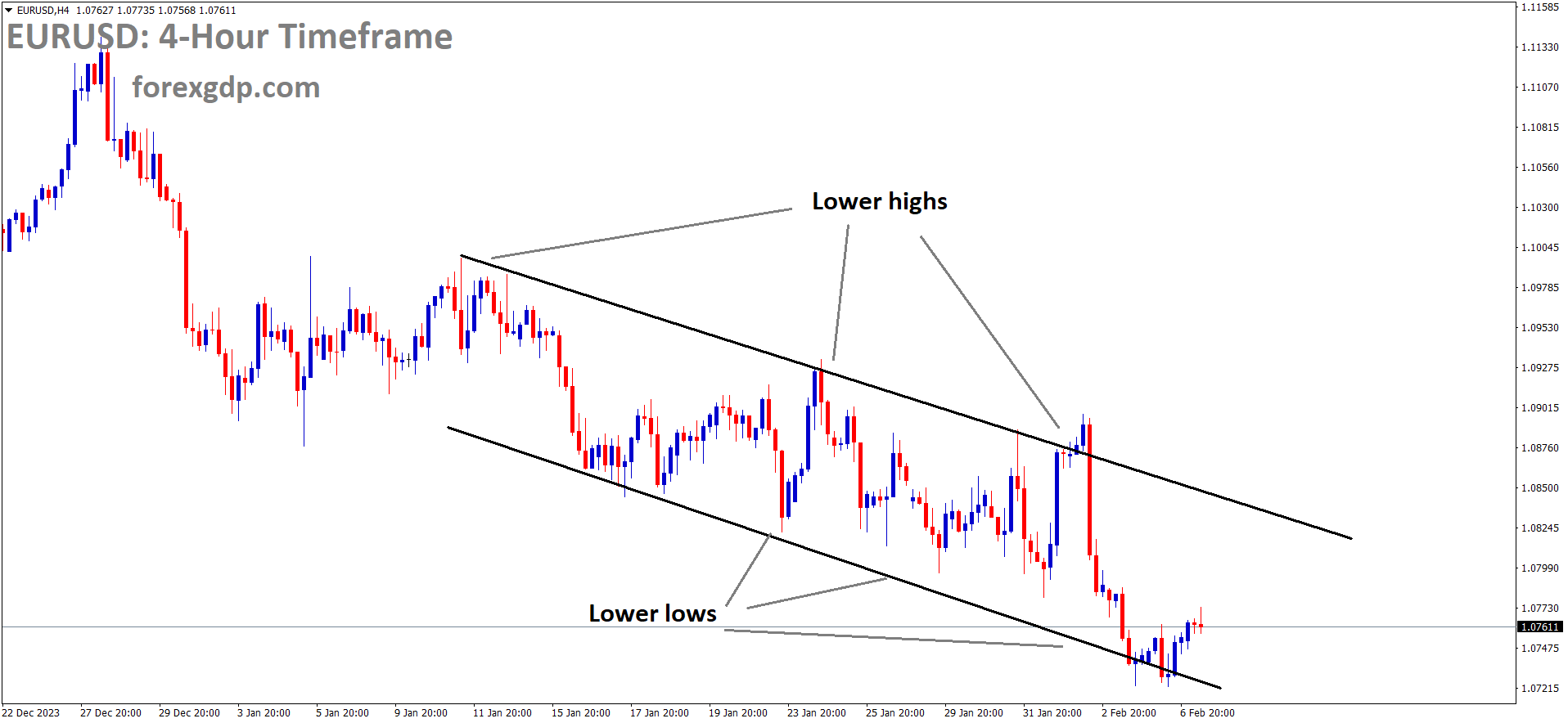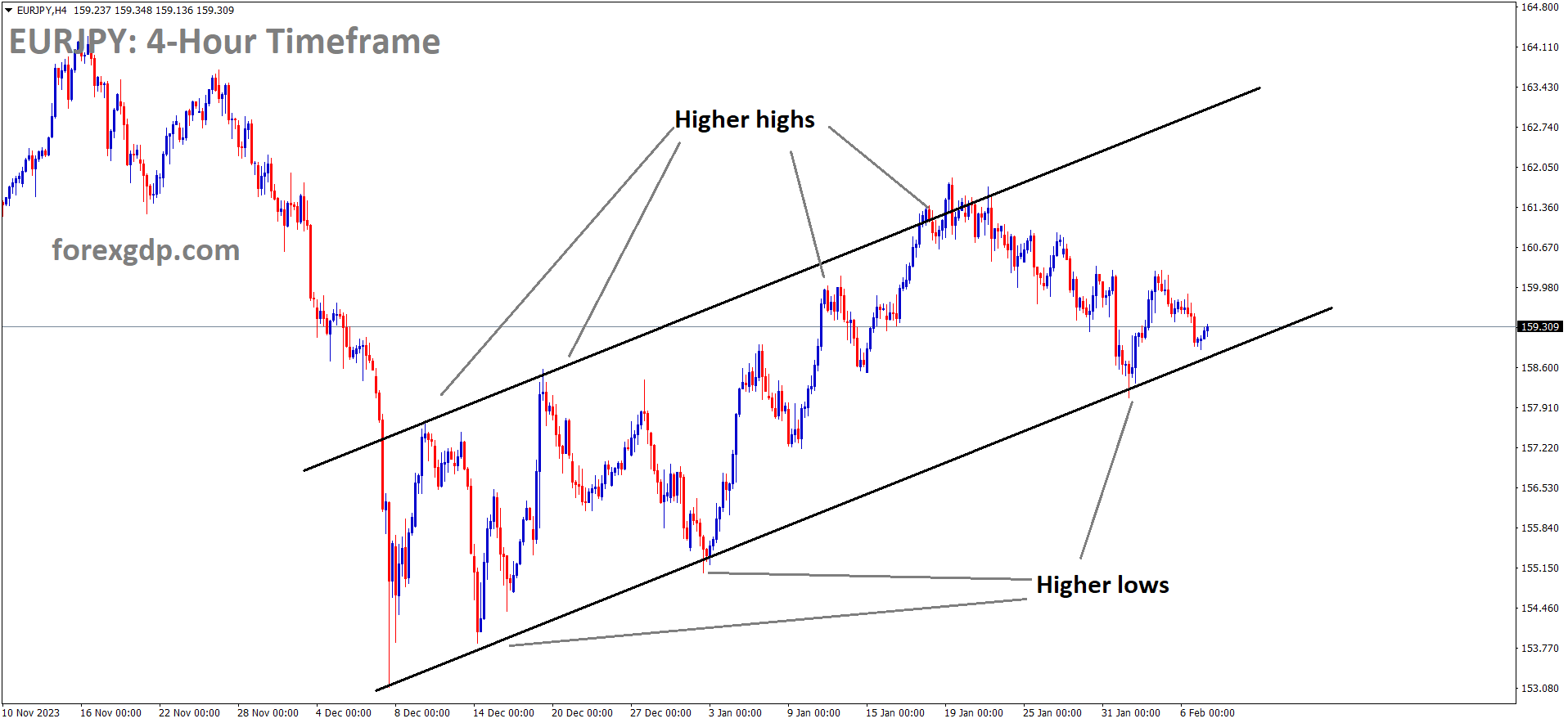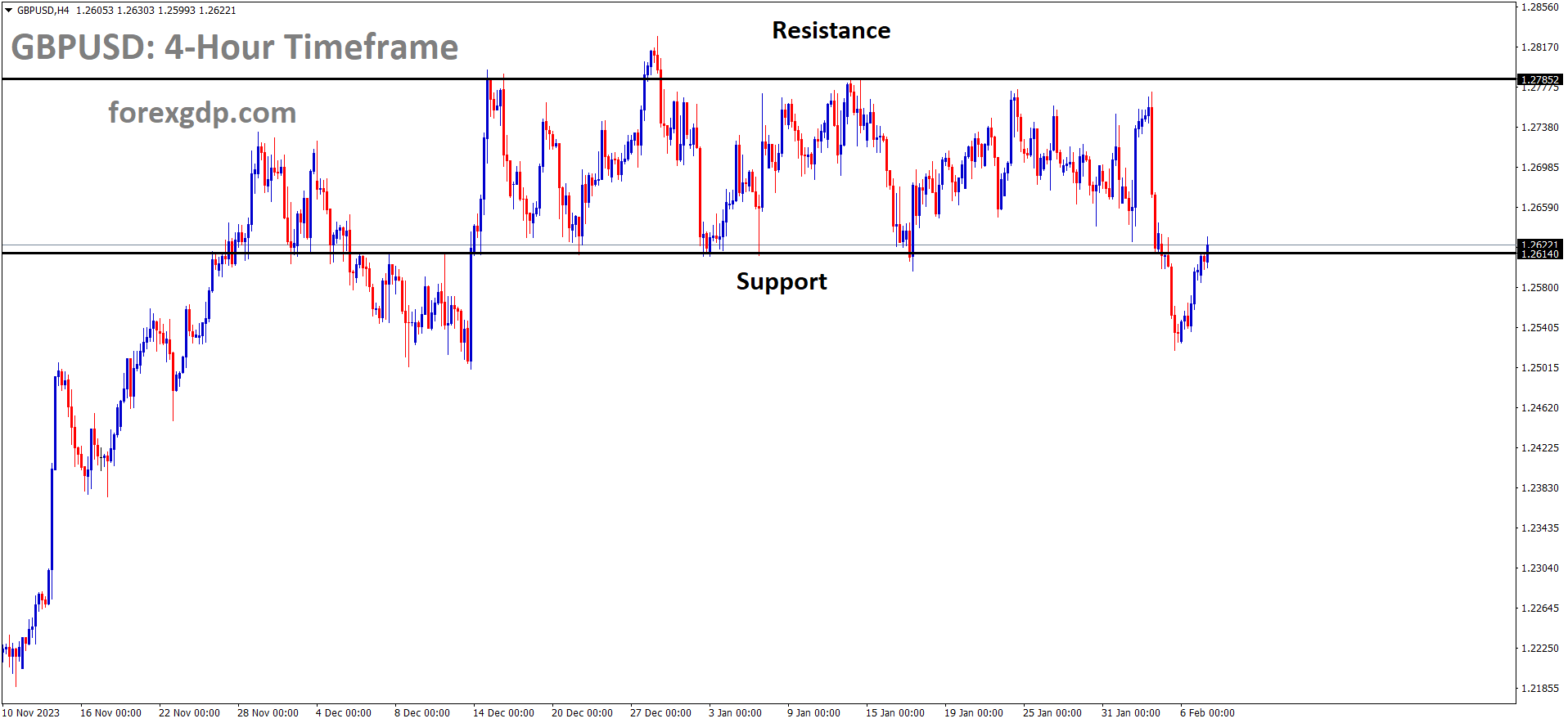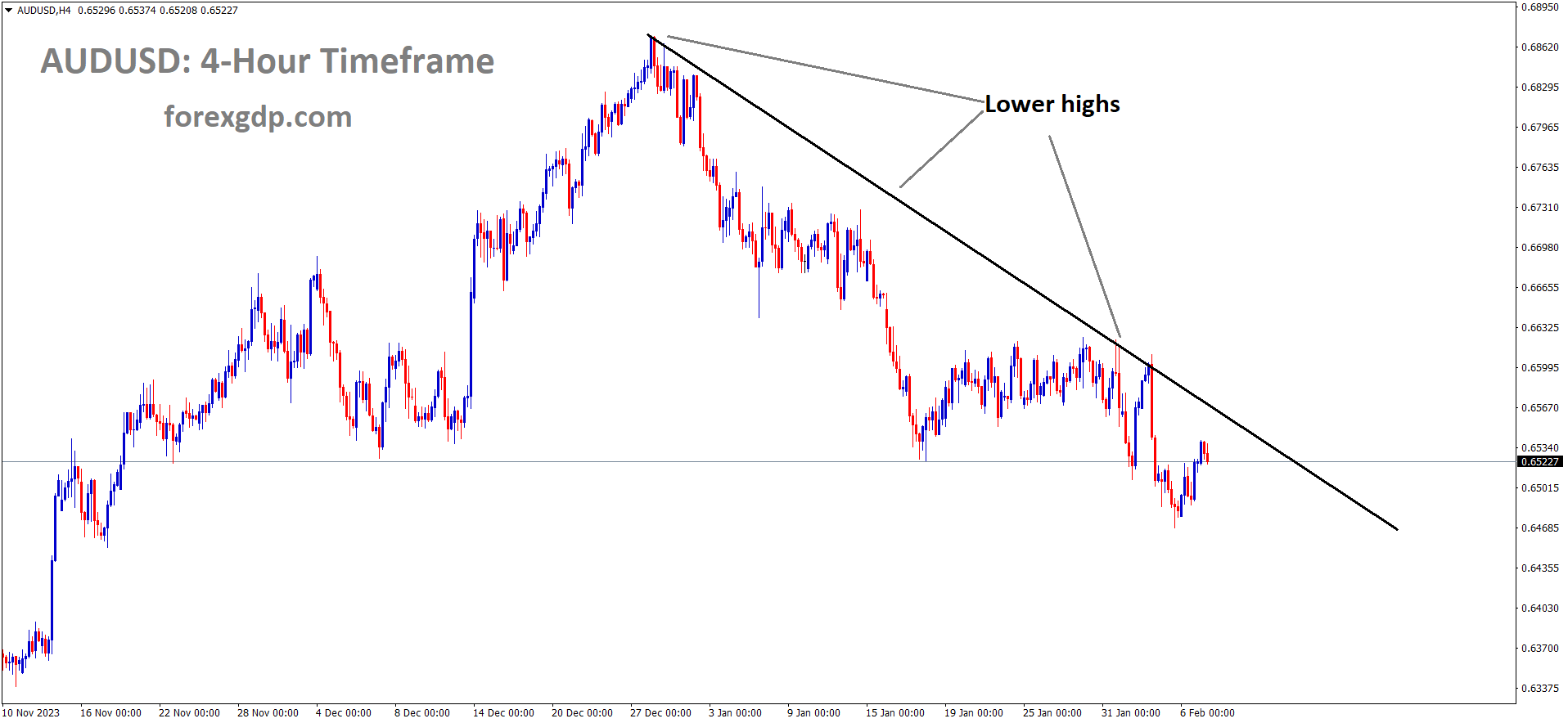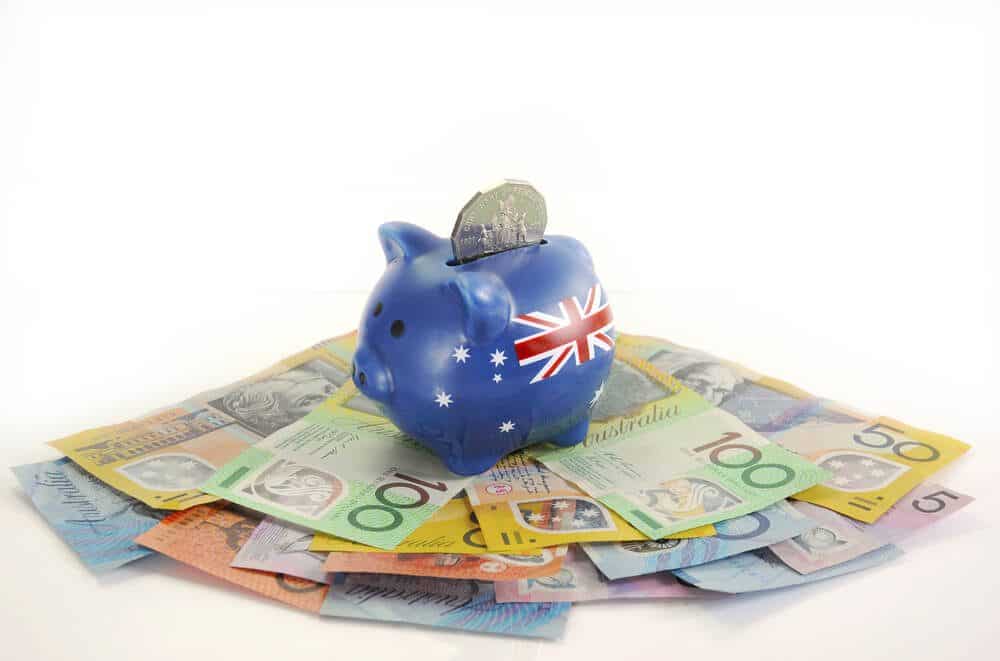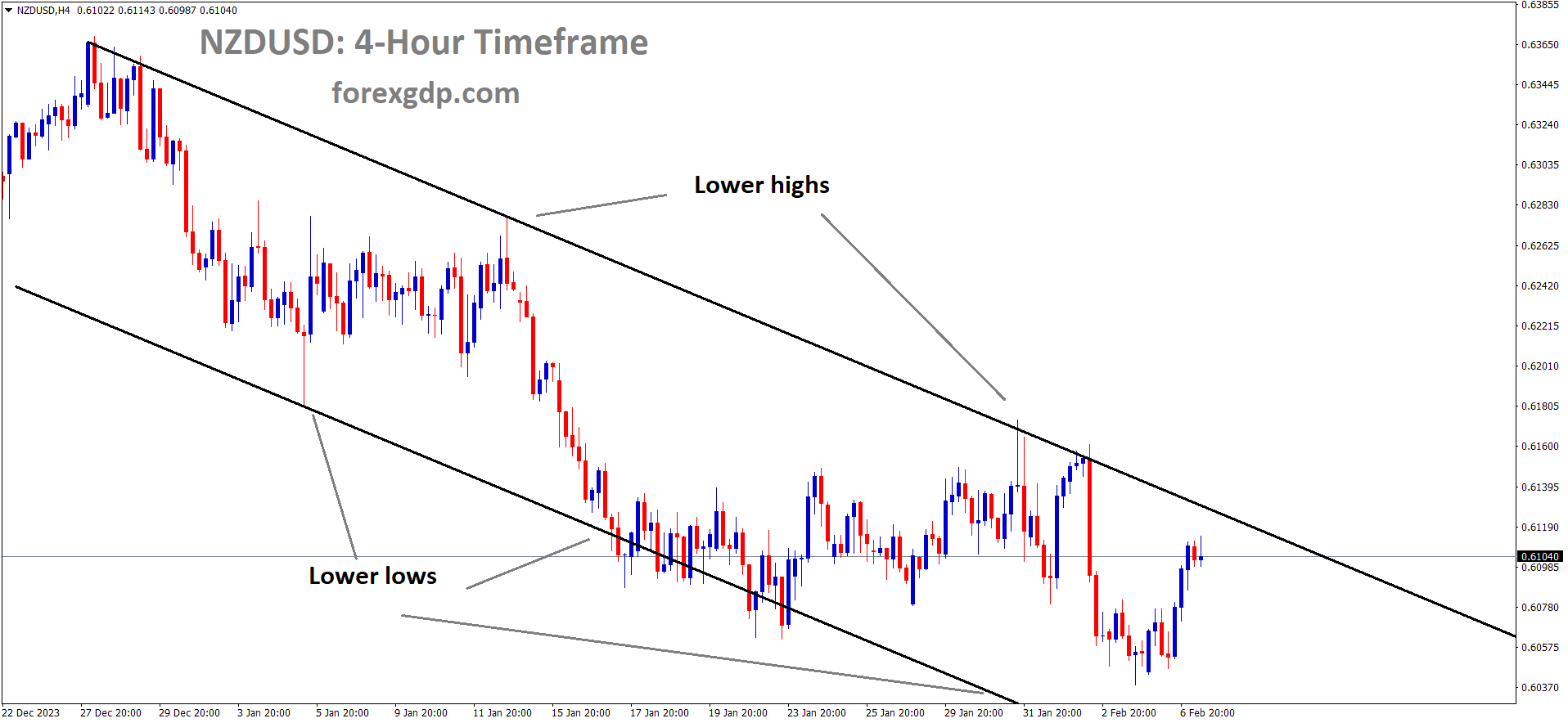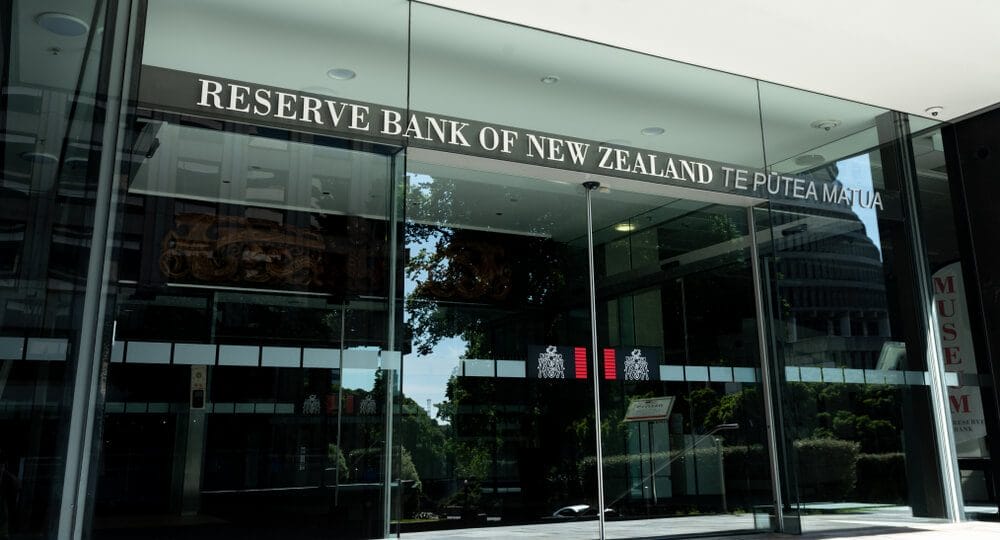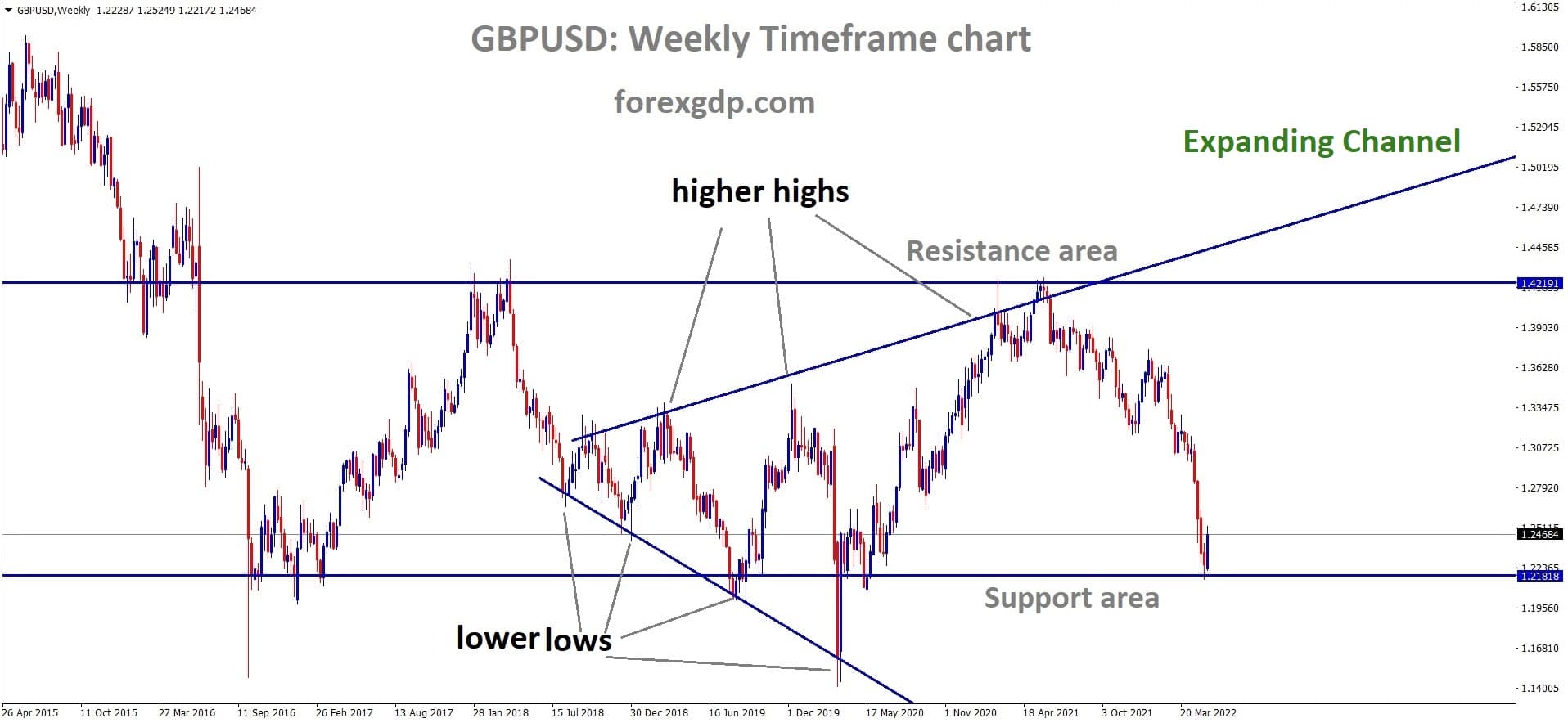GOLD – Prices Move Laterally as Fed Delays Rate Cut Expectations
The gold market is moving sideways after the FED held the rates at last week’s meeting. Gold is under selling pressure due to US Treasury yields moving higher in the market.
XAUUSD Gold price is moving in an Ascending triangle pattern and the market has reached the higher low area of the pattern
US Dollar Index Rally Pauses, Upside Potential Persists Despite Fed’s Resistance to Early Rate Cuts
The ascent of the US Dollar Index has temporarily halted, yet further upward movement is anticipated as Federal Reserve (Fed) officials consistently reject the necessity for immediate rate cuts.
The likelihood of the Fed implementing aggressive rate cuts has considerably diminished due to the robust performance of the US economy. Fed policymakers caution that an early decision to cut rates could stimulate demand and enhance economic growth, potentially impeding the downward trajectory of inflation toward the 2% target.
Daily Market Digest: Gold Price Consolidates with Upcoming Fed Speakers
The precious metal declines as Federal Reserve officials resist expectations of aggressive rate cuts, driven by strong domestic growth and persistent inflation. CME Fedwatch indicates reduced likelihood of a March rate cut, with 55% betting on a 25 bps reduction in May.
Minneapolis Fed President Neel Kashkari notes lower economic risk, allowing the central bank to reconsider rate cuts. Positive employment and economic outlook contribute to optimism for a Fed soft landing.
Strong January labor market and Manufacturing PMI data precede an outperforming Services PMI, representing two-thirds of the US economy, rising to 53.4 (vs. expected 52.0, prior 50.5). The new orders sub-index signals a robust order book for 2024, reaching 55.0 (vs. expected 52.8).
On the geopolitical front, potential Israel-Palestine ceasefire hopes may further impact Gold prices. US Secretary of State Antony Blinken and Saudi’s crown prince discuss regional coordination for Gaza post-conflict, as reported by CNN.
XAGUSD – Fed’s Harker: US Economy Approaching Soft Landing
US Philadelphia FED President Patrick Harker said FED did a good job in maintaining the rates at a neutral level. In the US Consumer spending is higher, the Labour market is good, and the inflation rate is medium and it is a soft landing by the proper monetary policy settings.
XAGUSD Silver price is moving in the Box pattern and the market has reached the support area of the pattern
Federal Reserve Bank of Philadelphia President Patrick Harker affirmed on Tuesday that the central bank’s decision to keep interest rates unchanged last week was appropriate. According, Harker cited data indicating ongoing disinflation, improved balance in labor markets, and robust consumer spending—critical factors for achieving the envisioned soft landing.
He expressed confidence in the Fed’s decision, emphasizing that inflation is decreasing, the labor market is finding better equilibrium, and consumer spending remains resilient. Harker concluded by stating that the economy is on course for a soft landing, with the destination in sight.
USDJPY – Weakens to 148 Against USD, BoJ’s Hawkish Stance May Limit Losses
This week Japanese real wages fell for the 21st straight month and Household spending fell making JPY weak in the market against counter pairs. This data diminished the hopes of Bank of Japan rate hikes in the near term.
USDJPY is moving in box pattern and market has fallen from the resistance area of the pattern
On Wednesday, the Japanese Yen faced renewed selling pressure, halting its modest recovery against the US Dollar from this week’s year-to-date low. The labor ministry’s Tuesday release revealed Japan’s real wages fell for the 21st consecutive month in December, accompanied by a tenth consecutive monthly drop in household spending. This unwelcome trend for the Bank of Japan, coupled with a generally positive equity market sentiment, undermines the safe-haven status of the JPY.
Conversely, the US Dollar continues to gain support, driven by expectations that the Federal Reserve will maintain higher interest rates for an extended period. This is reinforced by stronger-than-expected US macro data, and recent hawkish comments from multiple FOMC members have prompted investors to dial back expectations for early and aggressive rate cuts in 2024.
However, the Bank of Japan’s recent shift toward a hawkish stance, expressed earlier this month with a strong commitment to achieving the inflation goal and signaling a potential move to lift interest rates from negative territory in March or April, might constrain losses for the JPY. Additionally, there is a growing belief among investors that wage growth in the current year could surpass that of 2023, potentially providing the groundwork for the BoJ to unwind its ultra-loose monetary policy that has been in place for a decade.
Daily Market Digest: Japanese Yen Dips on Positive Risk Sentiment, Bears Show Hesitation
On Wednesday, the Japanese Yen weakens as equity markets remain stable, but the anticipation of a potential shift in the Bank of Japan’s policy stance limits losses. Confidence grows among market participants that significant pay hikes this year will sustain stable inflation, allowing the BoJ to move away from its ultra-dovish monetary policy.
Geopolitical uncertainties and China’s economic challenges continue to pose risks, benefiting the safe-haven JPY and putting pressure on the USD/JPY pair during the Asian session. Investors are adjusting their expectations for early and aggressive rate cuts by the Federal Reserve, driven by a resilient US economy and recent hawkish comments from influential FOMC members.
Philadelphia Fed President Patrick Harker emphasizes that sustainable lower inflation is necessary before considering rate cuts, cautioning against premature actions. He acknowledges encouraging news on inflation but notes persistently high wage gains. Minneapolis Fed President Neel Kashkari suggests the inflation journey is not over, with most gains coming from the supply side, while data looks positive.
Fed Chair Jerome Powell, on Sunday, highlights a strong economy giving the central bank time to assess inflation trends before considering rate cuts. Additionally, the 10-year US government bond yield above 4.0% acts as a tailwind for the US Dollar, providing support to the USD/JPY pair as the European session approaches.
USDCHF – UBS Resumes Buybacks, Aims for Additional Cost Savings in Credit Suisse Takeover
The UBS Bank started to buy back shares of UBS after the merger with Credit Suisse. This buyback shares makes $3 billion cost savings to the company. This idea came after the poor financial results in the last quarter after the merger plan.
USDCHF is moving in the Downtrend line and the market has reached the lower high area of the trend line
UBS announced on Tuesday the resumption of share buybacks and the pursuit of an additional $3 billion in cost savings through the integration of Credit Suisse. The move comes as the bank anticipates a challenging next phase in absorbing its rival following less-than-impressive fourth-quarter results. UBS shares fell up to 4%, with analysts attributing the decline to profitability targets that were slightly below expectations, given the decline in revenue before the realization of cost savings.
UBS’s abrupt acquisition of Credit Suisse in March, marking the initial merger of two globally significant banks, has proven relatively smooth so far. UBS witnessed a substantial 50% surge in its share price. While the bank announced the completion of the first integration phase on Tuesday, the journey ahead remains challenging. This includes navigating through complex stages such as significant job reductions and the merging of diverse IT systems. UBS CEO Sergio Ermotti emphasized that progress over the next three years would not follow a linear trajectory.
GBPCHF has broken the Descending channel in upside
We have a substantial amount of restructuring and optimization ahead in the next three years before we can fully realize the advantages of this merger, stated UBS CEO Sergio Ermotti. UBS has revised its target for cost savings by the end of 2026, now expecting $13 billion, with half of it anticipated to result from workforce reductions, as confirmed by UBS Chief Financial Officer Todd Tuckner. This represents an increase from the previous goal of over $10 billion.
USDCAD – Retreats from 2-Month High, Limited Downside Seen
Canadian dollar is supported by EIA has published the forecast that domestic oil usage will be lowered in the short term. This message covered the excess supply worries in the Oil market. Prolonged War conflicts and Red Sea disruptions support for the Canadian Dollar it is Oil related currency.
USDCAD is moving in the Box pattern and the market has fallen from the resistance area of the pattern
The US Energy Information Administration lowered its 2024 domestic oil output growth forecast in the February Short-Term Energy Outlook, alleviating concerns about oversupply. Recent attacks on shipping in the Red Sea by Iranian-backed Houthi rebels, a vital route for nearly 12% of global oil trade, support oil prices, in turn bolstering the commodity-linked Canadian Dollar. The US Dollar remains defensively below its November 14 peak, contributing to downward pressure on the USDCAD pair.
A pullback in US Treasury bond yields prompted USD profit-taking, following the post-Non-Farm Payrolls uptrend. However, expectations of a hawkish Federal Reserve stance may limit deeper losses. Positive incoming US macro data signals a robust economy, providing the Fed with room to maintain higher interest rates. Hawkish remarks from influential FOMC members further diminish expectations of aggressive policy easing in 2024, potentially supporting US bond yields and the USDCAD pair.
EURUSD – German Industrial Production Falls 1.6% MoM in December, Below -0.4% Forecast
Germany’s Industrial production came at 1.6% in December versus a 0.70% decline in November. Annual rate of -3.0% decline in December month versus -4.8% slump in November. The Euro area had a weaker outlook after the data was published.
EURUSD is moving in the Descending channel and the market has reached the lower low area of the channel
In December, Germany’s industrial sector continued its downturn, with a 1.6% MoM decline, according to data from Destatis. This surpassed the expected -0.4% and followed a 0.7% drop in November. On an annual basis, German Industrial Production fell 3.0% compared to November’s -4.8% decline.
EURJPY – ECB’s Schnabel: Caution and Patience Needed as Inflation Risks Persist
ECB Governing Council Board member Isabel Schnabel said inflation is still far away from our target. Rate cuts are not possible until the inflation has cooled down with loosening labour markets. We must be patient on rates, inflation will be pushed up again due to Red Sea supply disruptions.
EURJPY is moving in an Ascending channel and the market has rebounded from the higher low area of the channel
ECB’s Schnabel: Patience and Caution Needed as Inflation Risks Persist
Additional Quotes:
– The final stretch in reducing inflation might be the most challenging.
– We observe persistent services inflation and a resilient labor market.
– Financial conditions are easing as markets aggressively factor in rate cuts.
– Concerns about renewed supply chain disruptions arise from recent events in the Red Sea.
– Cumulatively, this advises against premature adjustments to the policy stance.
– While significant progress has been made on inflation, the journey is not complete.
– Emphasizing the need for patience and caution due to the potential resurgence of inflation.
GBPUSD – Maintains Above 1.2600 Amid Weaker US Dollar
GBP is moving weaker against major pairs, UK Economy is in fear of technical recession. These fears will impact the Bank of England to reduce the rates. If rates are reduced then spending will be more and it can affect the inflation costs higher. So Rate hold is a proper step for the Bank of England until the inflation comes down to the target.
GBPUSD is moving in the Box pattern and the market has rebounded from the support area of the pattern
Expectations for Federal Reserve interest rate cuts diminish as better-than-expected US economic data emerges. Fed Chair Jerome Powell’s statement on Sunday, emphasizing the need for confidence in inflation reaching 2% before considering rate cuts, has shifted market sentiment. Currently, there is a 15% probability of rate cuts in March and a 50% likelihood in the May meeting, boosting the US Dollar and posing a challenge for GBPUSD.
Concerning Pound Sterling, the currency faces the risk of a technical recession, potentially prompting Bank of England officials to adopt a dovish interest rate stance. BoE Chief Economist Huw Pill indicated a shift towards considering interest rate cuts, while Governor Andrew Bailey highlighted the positive direction of inflation but maintained a review of borrowing costs.
Upcoming events include the UK Halifax House Prices for January and the US Goods Trade Balance for December on Wednesday. Market participants will closely monitor Fed speeches throughout the week for potential market direction. These developments could provide clarity for the GBPUSD pair.
AUDUSD – Advances on Weaker USD, Awaits Fed Members’ Speeches
Australian Retail sales rose to 0.30% in Q4 from 0.20% in Q3. RBA’s message at the monetary policy meeting yesterday had a positive for the Australian Dollar in the market. China’s efforts to bring up the economy from the shrinkage of the real estate crisis support for Australian Dollar.
AUDUSD is moving in the Down trend line and the market has fallen from the lower high area of the trend line
The Australian Dollar sees a second-day rise against a weaker US Dollar, attributed to declining US bond yields. Hawkish comments from Reserve Bank of Australia Governor Michele Bullock further support the Aussie Dollar, reinforcing the AUD/USD pair.
On Tuesday, the RBA maintained the Official Cash Rate at 4.35%, meeting expectations. Governor Bullock, in the post-rate decision press conference, remained non-committal about future policy actions, acknowledging limited room for further interest rate hikes amid Australia’s cost-of-living crisis.
Despite Federal Reserve Chair Jerome Powell’s hawkish comments, the US Dollar Index (DXY) continues its decline. Powell downplayed rate cut expectations and stressed vigilant monitoring of inflation toward the 2% core target.
Fed Bank of Cleveland President Loretta Mester suggested a possible interest rate cut later in the year but warned against hasty actions. Fed Bank of Philadelphia President Patrick Harker supported the recent decision to keep interest rates steady, citing an outlook indicating continued declines in inflation.
Daily Market Digest: AUD Strengthens Against Steady USD
Australia’s December AiG Industry Index: -27.3 (vs. prior -22.4)
Australia’s Retail Sales (QoQ) Q4: 0.3% increase (vs. previous 0.2%)
Australian Trade Balance (MoM) January: 10,959M (vs. revised December figure of 11,764M)
Australia’s Judo Bank Composite PMI January: Improved to 49 (from prior 48.1); Services PMI: 49.1 (vs. previous 47.9)
Chinese Caixin Services PMI January: 52.7 (vs. prior 52.9)
US ISM Services PMI: Exceeded expectations at 53.4 (vs. consensus 52.0, prior month 50.5)
US Services Employment Index: Improved to 50.5 (vs. prior 43.8)
US Services Prices Paid January: 64.0 (vs. December 56.7)
NZDUSD – Chinese Stocks Extend Rebound on Hopes of Additional Support
Chinese Stocks rebounded after Chinese officials met with China President Xi Jinping today, discussed more measures on the economy, and called for Mutual funds, pension funds and insurers to invest in the stock market. China and Hong Kong markets wiped out $6.1 trillion since February 2021 due to the property crisis in China. This news helped the NZ and Australian Dollar to move on the positive side.
NZDUSD is moving in the Descending channel and the market has reached the lower high area of the channel
Chinese policymakers, including President Xi Jinping, are in discussions to implement additional supportive measures. China’s securities regulator plans to encourage more participation from state-backed funds in the local markets.
Both the Chinese and Hong Kong stock markets have collectively lost around $6.1 trillion in market value from their peak in February 2021 as of Monday, driven by concerns over a potential property crisis in the world’s second-largest economy.
In New Zealand, the fourth-quarter Unemployment Rate rose to 4.0%, beating market expectations of 4.2%. The Employment Change for the same period came in at 0.4%, surpassing the market consensus of a 0.3% rise. This data holds significance for the Reserve Bank of New Zealand (RBNZ).
Investors are closely monitoring China’s Consumer Price Index (CPI) and Producer Price Index (PPI) on Thursday. CPI inflation is expected to decline by 0.5% YoY in January, while the PPI figure is projected to drop by 2.6% YoY during the same reporting period.
Don’t trade all the time, trade forex only at the confirmed trade setups.
Get more confirmed trade setups here: forexgdp.com/buy/

